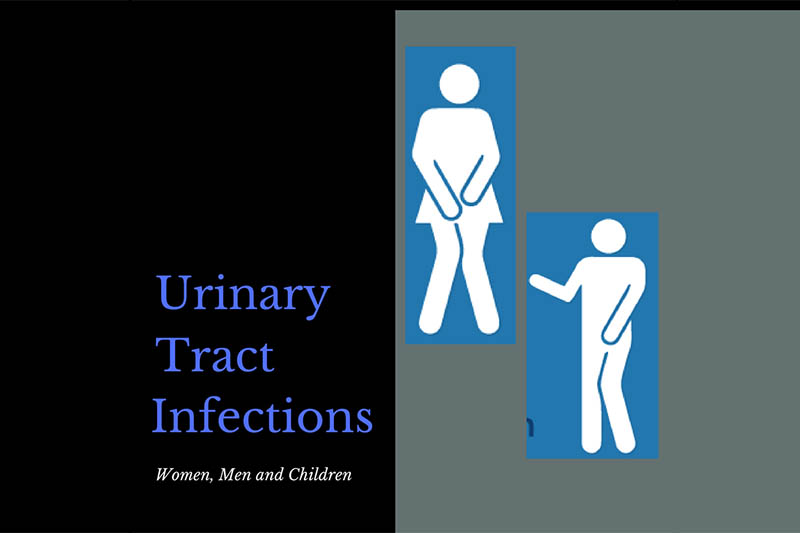
What are UTI’s? Urinary Tract Infections
Do you… Frequently or urgently need to urinate Often only pass small amounts of urine Have Pain or burning sensation when urinating These can be symptoms of urinary tract infections. There
Diabetes is a chronic condition where an individual’s body cannot maintain healthy levels of glucose in the blood. Unhealthy blood glucose levels can lead to a variety of long term and short term problems.
Glucose is a type of sugar, and is the body’s main source of energy. To function properly, our bodies require sugars (glucose) to be converted into energy. The hormone, insulin, is essential for the conversion of glucose to energy, and is therefore responsible for stabilizing the amount of sugar in the blood. People with diabetes tend to have insufficient insulin levels which results in a build-up of glucose in the blood.
There are three main types of diabetes:
Pre-diabetes is a condition where blood sugar levels are more elevated than normal, but not high enough to be diagnosed with type 2 diabetes. Without sufficient lifestyle change, 1 in 3 people with pre-diabetes will go on to develop type 2 diabetes. People with pre-diabetes are also at a higher risk of developing cardiovascular disease.
There is no cure for diabetes as of yet, but the condition can be effectively managed with a variety of practices.
Untreated diabetes can cause blindness, kidney failure and dialysis, heart attacks, strokes, amputations, nerve damage, sexual difficulties, foot ulcers or infections, depression, and anxiety.
Diabetic ketoacidosis can occur in type 1 patients, especially when they miss insulin doses or have another illness. Symptoms of this medical emergency are as follows and one should always seek medical advice if these symptoms occur:
Hypoglycaemia occurs when blood sugar levels fall suddenly. It can be remedied by a boost of sugar (aka jellybeans or fruit). Symptoms include
Most people with type 1 and 2 diabetes will present with symptoms. Diabetes is diagnosed when:
There is no cure for diabetes but there are various treatments depending on the type and severity of the condition. These treatments include
Some of these herbs or supplements may cause adverse reactions in some individuals, or interact negatively with other medicines. You should always consult with a doctor or physician prior to taking any new herb or supplement.

Do you… Frequently or urgently need to urinate Often only pass small amounts of urine Have Pain or burning sensation when urinating These can be symptoms of urinary tract infections. There
Disclaimer – Our intent is not to diagnosis but to offer information on therapy choices and practitioners. Information on this site is intended general educational purposes only. Any statements made are carefully referenced and any information, products or services discussed are not intended to diagnose, cure, treat or prevent any disease or illness. Please consult a healthcare practitioner before making a choice.